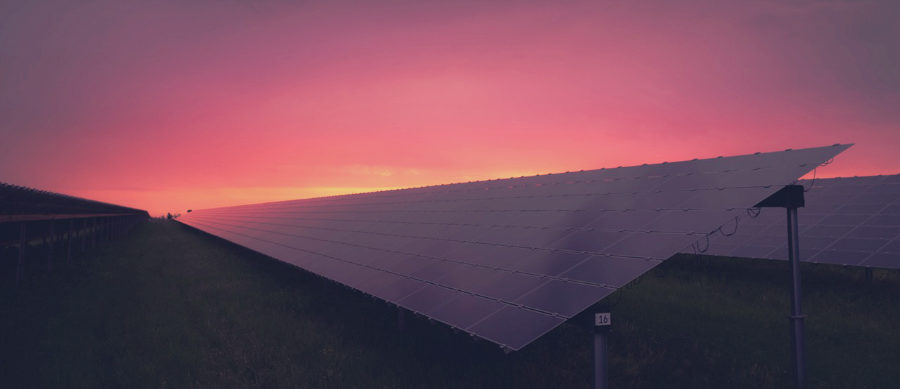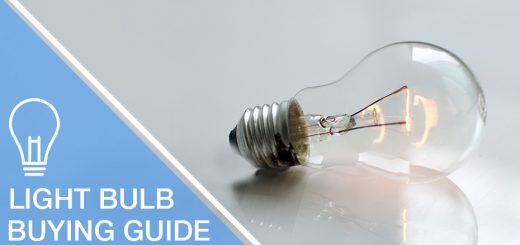What Is Solar Power and How Does It Work?
What is solar power? Simply put, solar power is energy obtained by harnessing the energy of the sun. Every instant the sun emits vast quantities of solar radiation, a tiny fraction of which reaches us, Earthlings. Solar power devices capture some of this energy and transform it into a form that can be used by businesses and homes. There are two major types: solar thermal and photovoltaic (PV). Solar thermal plants use solar energy to heat up water for use in heating and washing. PV panels are a bit more complicated, but in essence, they convert the sun’s energy into electricity using what is known as the photovoltaic effect. So, in a nutshell, that’s what solar energy is. But how does solar power work?
PV cells are made from a special, semi-conducting material (such as silicon), and when sun rays hit the cell and are absorbed, some of the electrons in the material are excited and knocked loose. Because the semiconductor is charged positively at one end, and negatively at the other, the loose electrons (which are negatively charged) travel toward the positive pole, generating an electric current. The electrical contacts enclosing the semiconductor capture this current, from where it is sent to the building’s fuse box then on to household appliances that use electricity. Buildings with solar panels attached can thus source most or all of their electricity straight from the sun! Many of these solar PV installations are grid-connected as well, allowing households to generate income from any excess they feed back into the grid. Large-scale solar electricity power plants are possible as well.
The great thing about solar power is that, unlike power derived from fossil fuels, it is derived from a renewable energy source, the sun, making it virtually limitless. So to all who are wondering is solar energy renewable, the answer is a definite yes. Moreover, it’s clean too! Although some emissions are involved in its manufacture and installation, the carbon footprint of solar PV is small and ever-shrinking. In addition, they generate very little noise pollution, converting sunlight into usable electricity smoothly and silently. A further benefit of solar power is that it is a secure power source because it is not imported from overseas.
Here’s the catch though: solar power is only viable when the sun is shining, which makes it of questionable value in climates with high cloud cover, or long winters with short days. On the other hand, in countries with very intense sunlight, solar can provide most or all of the electricity supply, with battery and storage technologies picking up the slack during periods when the sun shines not at all or only intermittently. But whatever the climate, PV panels need direct sunlight. A south-facing, sloping roof is the ideal location to situate a solar panel.
Globally, solar power is rapidly growing. PV panels are increasingly being used to produce electricity for households, business, and entire communities. Solar panel technology – including battery and storage options – is continually advancing as well, lowering the cost of production and making solar more viable and efficient by the day. Solar power really is the wave of the future!




